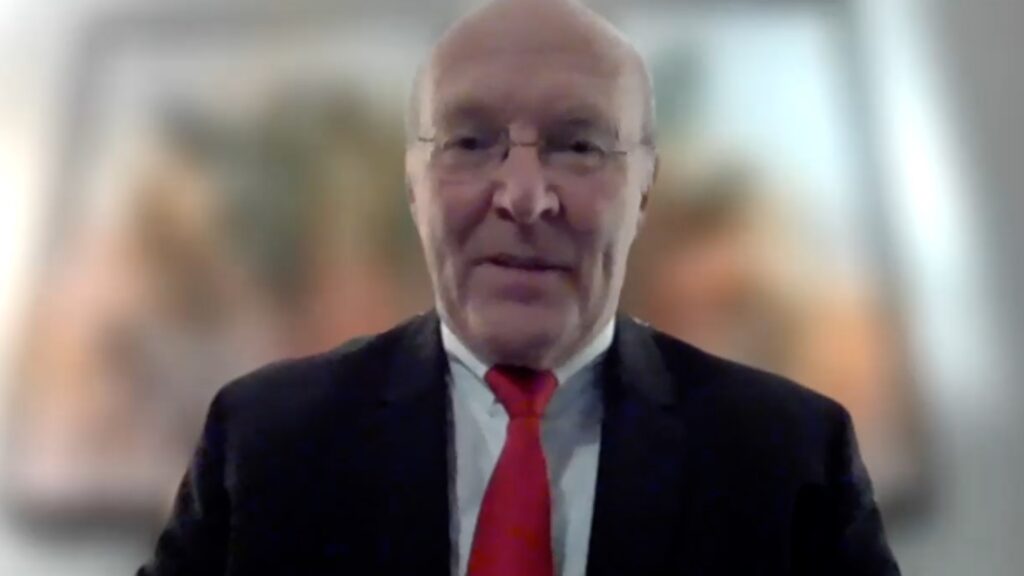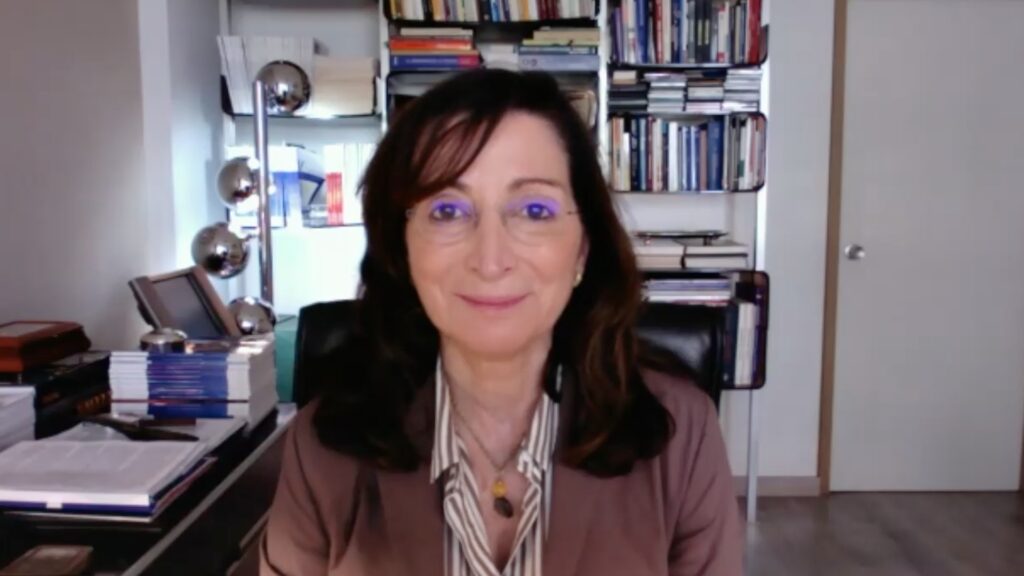Allergen immunotherapy aims to treat an allergic response by reducing the production of IgE antibodies by the immune system, this is done by desensitising the patient to the allergen extract. It was a pleasure to talk with Prof. Ralph Mösges (University of Cologne, Cologne, Germany) around the impact immunotherapy has already had on the treatment paradigm for allergic disease, the burden of birch pollen allergy, and how immunotherapy can improve patient quality of life.
The abstract ‘Clinical Development of Mannan conjugated birch pollen allergoids for the treatment of birch pollen allergic patients – from first-inhuman to approval in 3 studies.’ (Abstract number: L32) was presented at AAAAI 2023, February 24–27, 2022, #AAAAI2023.
Questions
- What impact has immunotherapy already had on the treatment paradigm for allergic disease? (0:34)
- What is the burden of birch pollen allergy on patients? (2:50)
Disclosures: Ralph Mösges discloses consulting for, receiving grant/ research support and honoraria from, and participating in speaker’s bureaus for Inmunotek.
Support: Interview and filming supported by Touch Medical Media Ltd. Interview conducted by Victoria Jones.
Filmed in coverage of the American Academy of Allergy Asthma & Immunology Annual Meeting 2023.
Click here for more content on allergy.
Transcript
What impact has immunotherapy already had on the treatment paradigm for allergic disease? (0:34)
Allergan specific immunotherapy or, as we say, AIT is the only potentially disease modifying treatment which we have for allergies. EMA, the European Medicines Agency, has defined four stages of efficacy, starting with an immediate effect, which you get shortly after the induction of therapy. We have shown here at the conference that this effect is very pronounced already after five sessions of injections. So, after one month of treatment, we can see this immediate effect. After this, you can demonstrate a sustained effect, adding up some more efficacy, year by year, when you do additional cycles. These data are also demonstrated here for the year two and the year three of treatment. Then there is this unique effect, which is a disease-modifying effect, which means that even after cessation of treatment, so in the year thereafter and potentially for five or more years thereafter, patients still receive a benefit from this treatment, which they have undergone before. Disease-modifying means also that the occurrence of new sensitizations against different allergens is reduced and the occurrence of asthma is reduced and then, the Holy Grail of allergy immunotherapy, that’s a cure. And indeed, we see in some patients that we can modify the immune system in a way that they do not react to the allergen for which we have treated them anymore.
What is the burden of birch pollen allergy on patients? (2:50)
Well, birch is a tree of the northern hemisphere and it is mostly seen in Scandinavia, northern Europe and also in northern America. But this is only the lead allergen of a number of the wide range of other tree allergens, as there are, for example, hazel, elder, but also oak, which plays a major role in many countries. By treating the patient with an allergen-specific, birch-specific immunotherapy, these patients will no longer react also to pollen of the other trees like hazel, elder and oak.
Subtitles and transcript are autogenerated.









